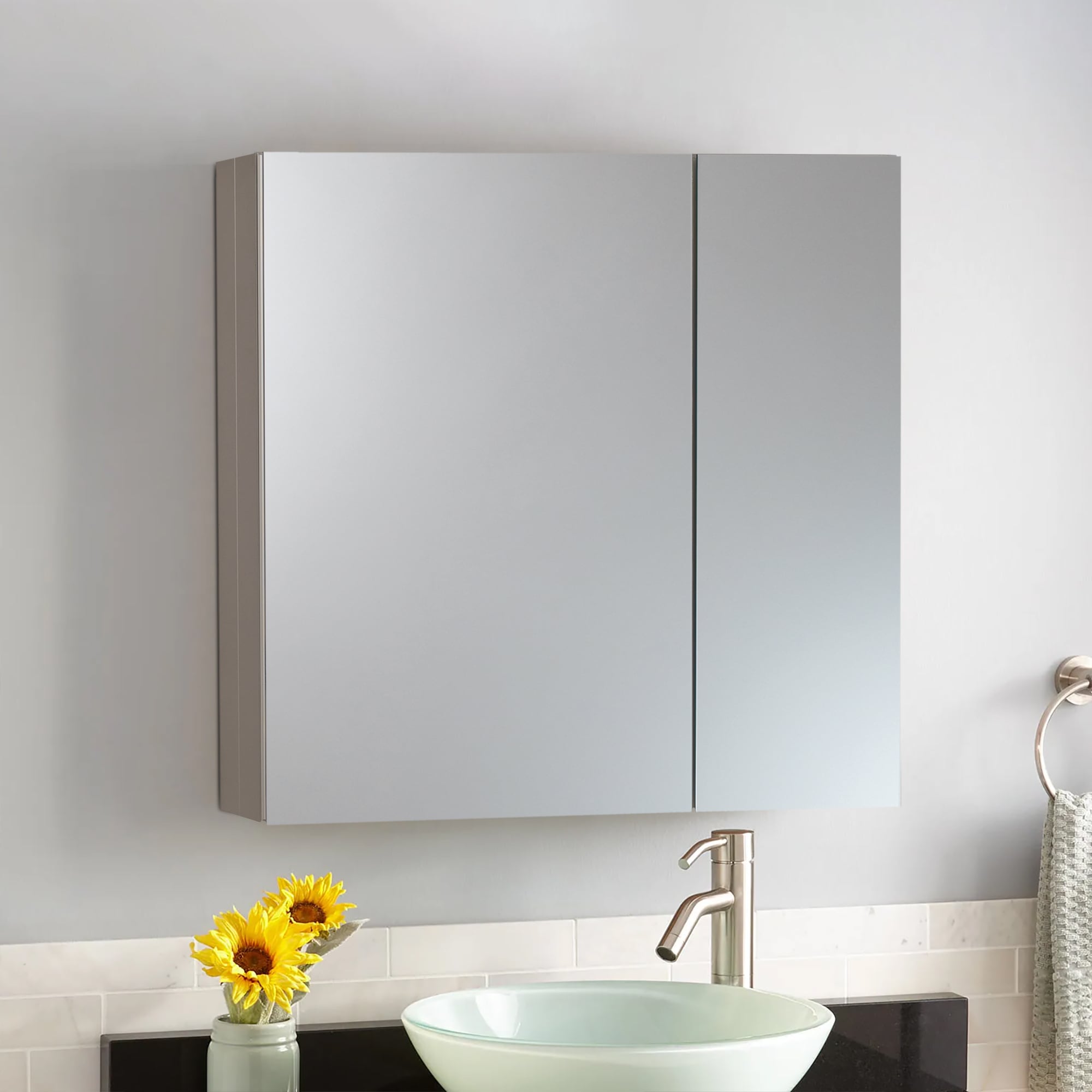Choosing the Right Medicine Cabinet for Your Bathroom: Lowes Bathroom Medicine Cabinet

Selecting the appropriate medicine cabinet involves careful consideration of several factors to ensure both functionality and aesthetic appeal within the bathroom’s existing space. Proper planning minimizes installation difficulties and maximizes the cabinet’s usefulness.
Medicine Cabinet Size and Style Selection, Lowes bathroom medicine cabinet
A systematic approach to choosing a medicine cabinet begins with accurate measurements and a clear understanding of storage needs.
- Measure the Available Space: Accurately measure the wall space where the cabinet will be installed. Note the height, width, and depth available, accounting for any obstructions like pipes or electrical outlets. Consider the distance to adjacent fixtures, ensuring sufficient clearance for opening and closing the cabinet doors.
- Assess Storage Requirements: Determine the quantity and types of items to be stored. A smaller cabinet suffices for toiletries and medications, while larger units accommodate additional items like towels or first-aid supplies. Consider the depth required to accommodate the intended contents.
- Choose a Style that Complements the Bathroom: Select a cabinet style that harmonizes with the overall bathroom design. Options range from traditional framed cabinets to sleek, modern recessed models. Matching the cabinet’s finish (e.g., chrome, brushed nickel, white) to existing fixtures enhances visual consistency.
- Consider Cabinet Features: Evaluate features such as mirrored doors (for added convenience), adjustable shelves (for flexible storage), and interior lighting (for improved visibility). Some cabinets offer integrated electrical outlets for convenient access to hair dryers or electric toothbrushes.
- Check for Safety Features: Ensure the cabinet meets safety standards, particularly if it will be installed in a high-moisture environment. Look for cabinets with moisture-resistant materials and proper ventilation to prevent mold and mildew growth.
Common Installation Challenges and Solutions
Several challenges can arise during medicine cabinet installation. Proactive planning and preparation mitigate these issues.
- Incorrect Measurements: Inaccurate measurements lead to improper fitting. Solution: Precisely measure the wall space multiple times using a measuring tape and level. Account for all potential obstructions.
- Hidden Obstructions: Unexpected obstructions like plumbing pipes or electrical wiring can hinder installation. Solution: Use a stud finder to locate wall studs and use a pipe and wire detector to identify hidden obstructions before drilling. If necessary, adjust the cabinet location to avoid interference.
- Difficulty with Wall Anchors: Using inadequate wall anchors results in instability. Solution: Use appropriate wall anchors designed for the cabinet’s weight and the wall material (drywall, plaster, etc.). Follow the manufacturer’s instructions carefully.
- Improper Leveling: An unlevel cabinet is aesthetically unappealing and potentially unstable. Solution: Use a level to ensure the cabinet is perfectly level before securing it to the wall. Adjust the cabinet’s position as needed using shims to compensate for uneven surfaces.
- Door Alignment Issues: Misaligned doors hinder proper closure and functionality. Solution: Carefully follow the manufacturer’s instructions for door installation. Adjust hinges and latches as needed to ensure proper alignment and smooth operation.
